Caliterra’s 20th anniversary tasting of malbecs that have inspired chief winemaker Rodrigo Zamorano.
So this article was going to be about how I hate malbec. When I was asked in the invite whether I had any dietary requirements, I was thinking of saying “Yes. I am allergic to malbec.”
Seriously, I’ve never liked it. To me it’s always been big, flabby, sweaty and alcoholic. I’d rather eat a second hand saddle from a Mendoza flea market, than drink a malbec. Even one that’s recently been sat on.
I once spent a two week holiday in Cahors and only on the very last day did we buy a bottle of something that didn’t go into the sauce. No wonder that if you ring some wineries in the region to arrange a visit, they politely wonder why on earth you’d want to do such a thing.
It’s the only grape that has never been served blind at Wine Club in two years. Five guys, meet once a month, for ten years. 600 bottles minimum. No malbec. That’s not a good batting average.
OK I did like Roca Madre from Talinay, when I tasted it, but that was different. And the wines that Caliterra‘s chief winemaker Rodrigo Zamorano has chosen for this tasting dinner are different.
When I wended my weary way home after tasting and then drinking nine different malbecs, I said to a fellow writer “Best start buying up some malbec then.” Not words that anyone who knows me would have expected to hear issue from my mouth.
How Zamorano started loving the grape
The transformation was perfect because this tasting was a special one of malbecs that have inspired Zamorano, who was similarly disenchanted by the grape.
When he moved to Caliterra in Chile’s Colchagua Valley ten years ago he couldn’t understand why malbec was being made in that style.
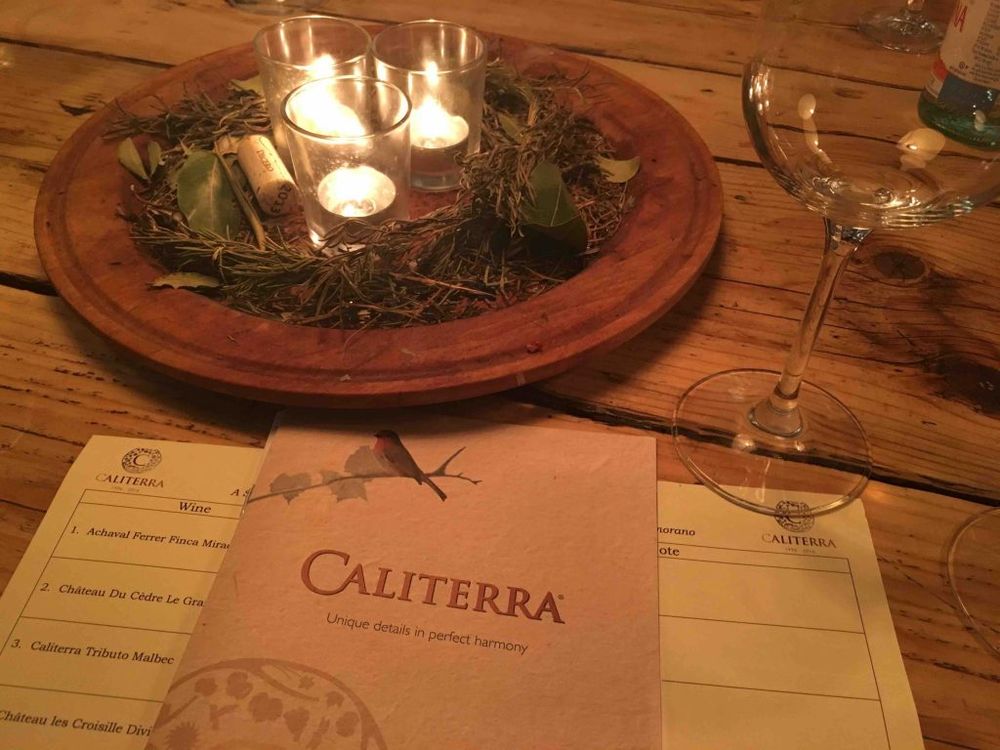
So this tasting, which also commemorated 20 years of Caliterra (a joint venture between Robert Mondavi and Errazuriz) was one of those rare things – when a winemaker shows wines from other wineries to make a point. Earlier this year there was a similarly enlightening tasting hosted by Ruinart, that showed several vintages of their champagne alongside some of the world’s best still chardonnays. This evening’s tasting was equally as memorable and instructive.
It was about one man’s conversion to malbec and it ended up being about two.
“When I took charge at Caliterra I expected cabernet sauvignon, merlot and chardonnay and I never thought of malbec and when I tasted it I though ‘what the hell is this? why malbec in Chile?'”
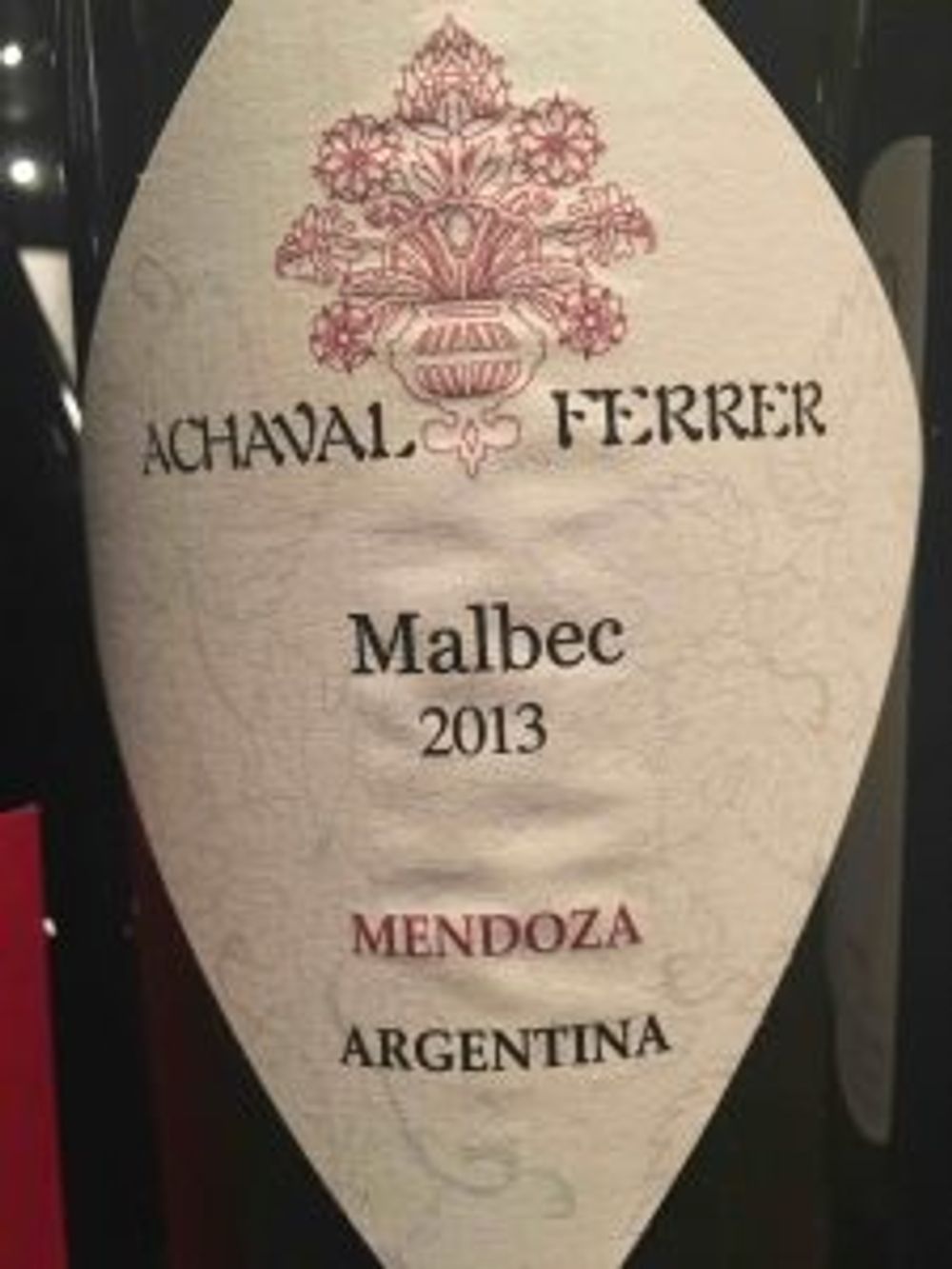
The first wine that Zamorano showed at the tasting was the wine that changed his view about what Malbec could do – an Argentinian wine from Achaval Ferrer, one of the first to be working with very old vines (up to 80 years old). Slightly annoying for Zamorano, having brought it all the way over from Chile, the restaurant we are in has a bottle on the list!
It’s clearly a full fruit-focussed wine but it is spicy and floral on the nose, it doesn’t have that ‘cooked’ raisin smell or leather I associate with malbec. The palate has violets, clipped acidity, structure and a generous length.
“When I had malbec in Argentina it was always big and alcoholic and this was the first one that really surprised me,” Zamorano says.
Zamorano explains that it was the Archaval Ferrer that convinced him to pick the malbec one month earlier than they had been used to at Caliterra.
The second wine is a 2002 Le Grand Cedre from Chateau du Cedre in Cahors.
Wow.
This is malbec like I have never tasted before. It’s much darker and more opaque, it has a big herbal almost funky nose and on the palate the fruit is fresh as you like; it is spicy, rustic, bestial but in a good way. And all of this is undepinned with an acidity that gives the wine balance, poise and, dare I say it, a slight ethereal quality.
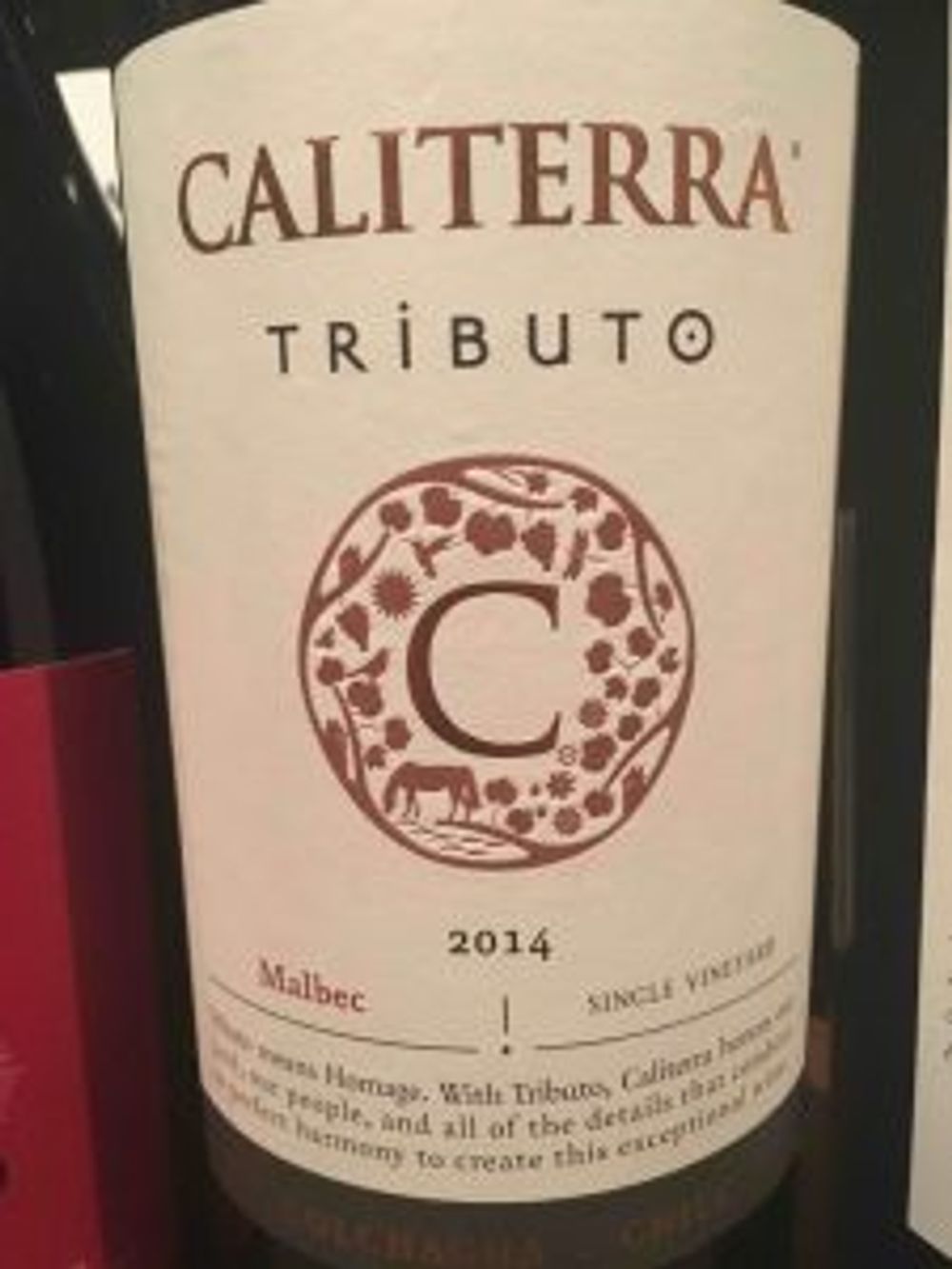
It is now that Zamorano shows the first of his wines, a Caliterra Tribute Malbec, 2014. It is clearly influenced by both the Argentine and French style, with a smoothness in the wine coming from the clay soils.
The wine is lighter in colour and has a texture that comes from picking in early March, rather than April as was the custom at Caliterra. There’s spicy animal notes and a creamy vanilla from the wood that is still there and well integrated, dry tannins in the finish. This is still a baby but very drinkable.
As we taste wine number four, from Chateau les Croisille Divin in Cahors, Zamorano explains how malbec used to have its fruit exposed to the sun at Caliterra and he learned that the wine is far tighter, fresher and less flabby if you keep the leaves on – you have to hide malbec from the sun. He says he was pleased to see that even in Cahors they do this in the better houses.
This French wine is also very good, not as impressive as the Grand Cedre but still sharp in the palate and fresh and floral on the nose. It’s a big wine, complex and with a long length but it has well integrated acidity, and an interesting texture on the mid palate.
Zamorano then shows two more wines both from the Uco Valley in Mendoza, both lauded by the critics and both impressive in style, Alto las Hormigas Gualtallary, 2013 and Zorzal Eggo, 2012. The former was light in colour, had a refined nose, very little tannin and edge, lots of flavour and was very drinkable. The Eggo I didn’t like, the only one of the evening. It was very big in flavour (14.5 ABV) and had a sourness and taste of pear drops that didn’t do it for me.
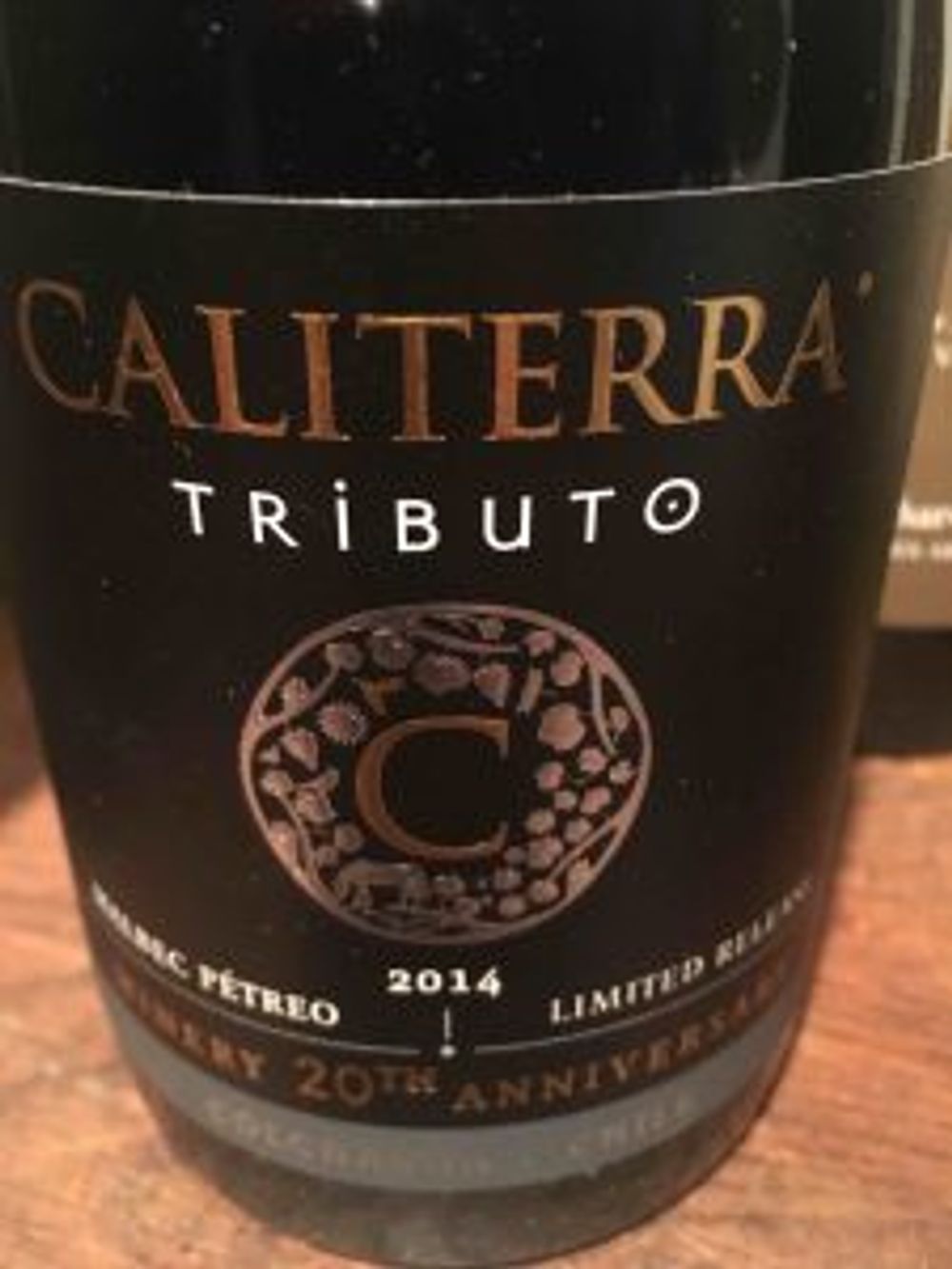
And then the last pure malbec of the tasting is the Caliterra Tributo Pétreo 20th Anniversary Malbec, the star of tonight’s tasting.
Looking at the light colour, the meaty, spicy notes you can see that this is a combination of influences of the previous wines. It has an attractive mouthful, good fruit, good balance, nice texture and a fresh fruit finish with long length. It is a delicious wine and one that Zambrano and the team should be proud of.
Zambrano explains how the plot that the grapes are grown on is one that they are ‘crazy’ about – it is sedimentary schist – and this sense of terroir is not common in Chile.
“I don’t want to make wine from lots of other vineyards like a lot of winemakers, Caliterra is in Colchagua Valley and I want this wine to be a true expression of this terroir.”
If that means he can make malbec like this and change other people’s perceptions of the grape then that’s alright with me.
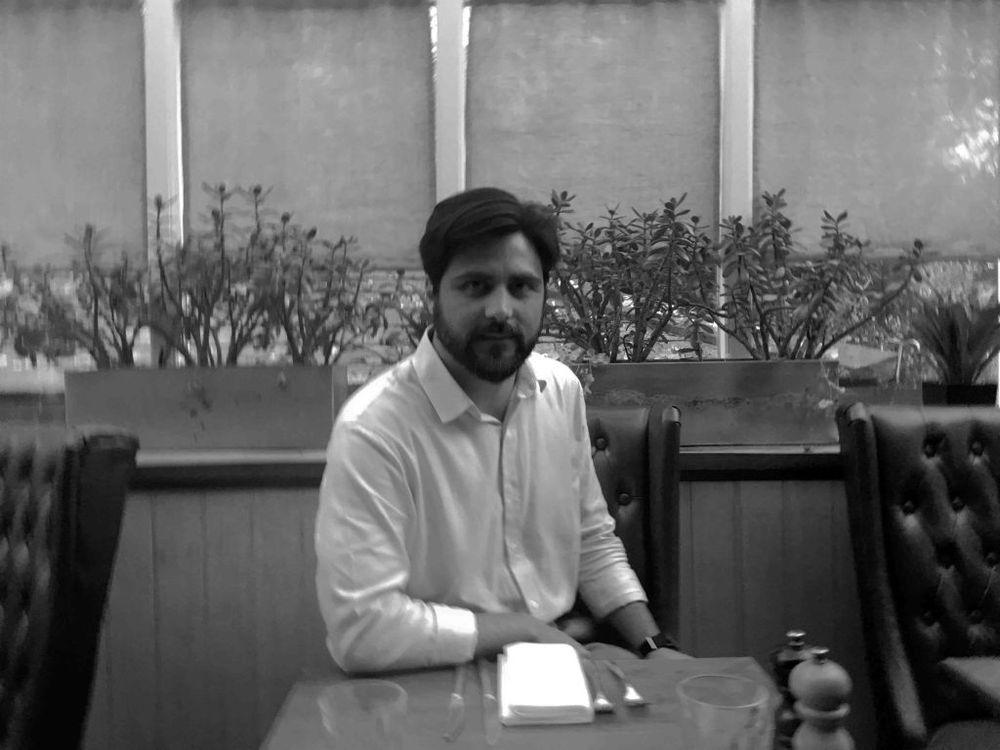
Rodrigo Zamorano, growing to love malbec after all































